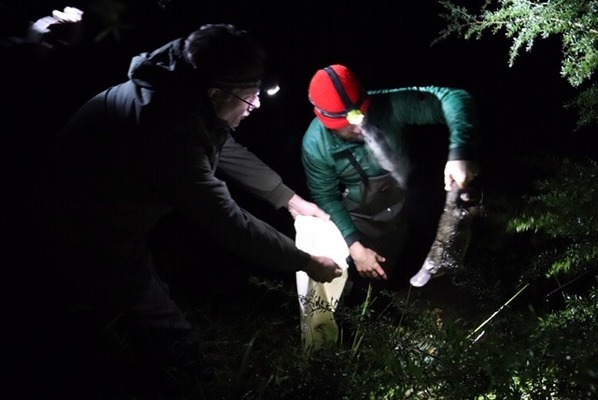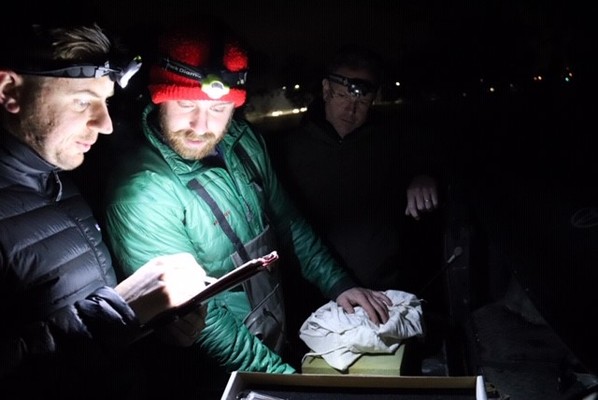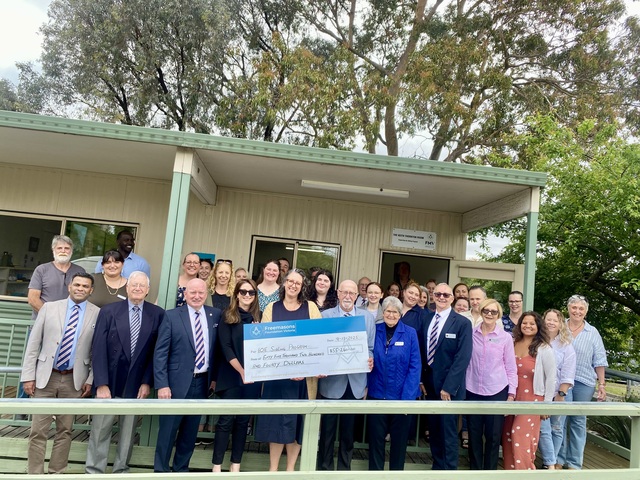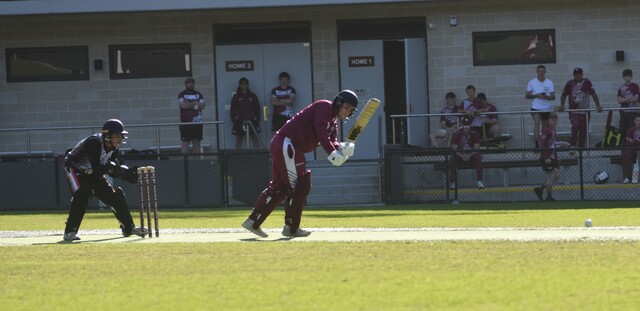In what is some wholesome and well-needed good news, six male platypus have been found in Olinda Creek.
Melbourne Water and environment group Cesar conducted a suvery in late June and found the monotremes.
This latest count suggests numbers are slowly increasing but Josh Griffiths, senior wildlife platypus ecologist at Cesar, said there was still a lot of work to be done to ensure the full recovery of this rare species.
“We had some really good results for Olinda creek, and it was the highest catch rate at that creek since 2001, so that’s great,” he said.
“Captures for platypus are always quite variable. It’s only six animals so it does vary a lot.
“We did another survey in March where we got another four, so combined it’s a pretty good result for Olinda Creek.”
The platypus were all male and reflected increased activity as they prepared for the breeding season.
“Adult males will be trying to build up condition and starting to defend territories with their venomous spurs,” he said.According to Mr Griffiths, platypus numbers within Olinda Creek have been in decline ever since the millennial drought, though the recent survey suggests that the numbers are finally bouncing back.
“Over the last 20 years we’ve seen widespread declines throughout the drought and now in the last four to five years we’re seeing populations bounce back and Olinda Creek is one of those,” he said.
“It’s certainly nowhere near the numbers 20 to 25 years ago but it’s slowly getting there and it’s a really good sign.”
Those signs might continue to improve with the State Government banning opera house nets.
The nets are used to catch yabbies and can unintentionally trap platypuses.
Agriculture Minister Jaala Pulford said the move aimed to benefit native animals such as platypus and turtles.
“Opera house nets have been placing our platypus population at risk and so it’s time for us to embrace different fishing gear that will catch just as many yabbies without impacting our precious wildlife,’’ she said.
In more good news, Mr Griffiths said the PlatypusSpot program had provided researchers with a more complete picture of the species’ status in the area and had clicked over 1000 sightings.
The app lets citizen scientists record platypus sightings.
“We’ve just ticked over 1000 sightings, and half of those have been in the Melbourne, so we’re getting a heap of data we’ve never had before,” he said.
Readers can become citizen scientists and help track the platypus by downloading the PlatypusSPOT app and visiting melbournewater.com.au.
Platypus sightings can be reported at platypusspot.org.









